If you’re living with diabetes, it’s essential to pay extra attention to what goes on your plate—and into your glass.
Some types of food can cause your blood sugar to spike sharply or even increase the risk of complications like heart disease and stroke.
A straightforward way to manage diabetes through diet is by balancing foods with high and low glycemic indexes (GI).
The glycemic index measures how quickly a food raises blood sugar levels. High-GI foods raise blood sugar more rapidly than low-GI ones.
That doesn’t mean you have to avoid all high-GI foods. The key is to watch your portions and pair them wisely.
For example, if you’re eating white rice (a high-glycemic index food), try combining it with protein- and fiber-rich vegetables to help reduce the blood sugar spike and keep you fuller for longer.
Here’s a list of foods that you should limit—or even avoid—if you have diabetes:
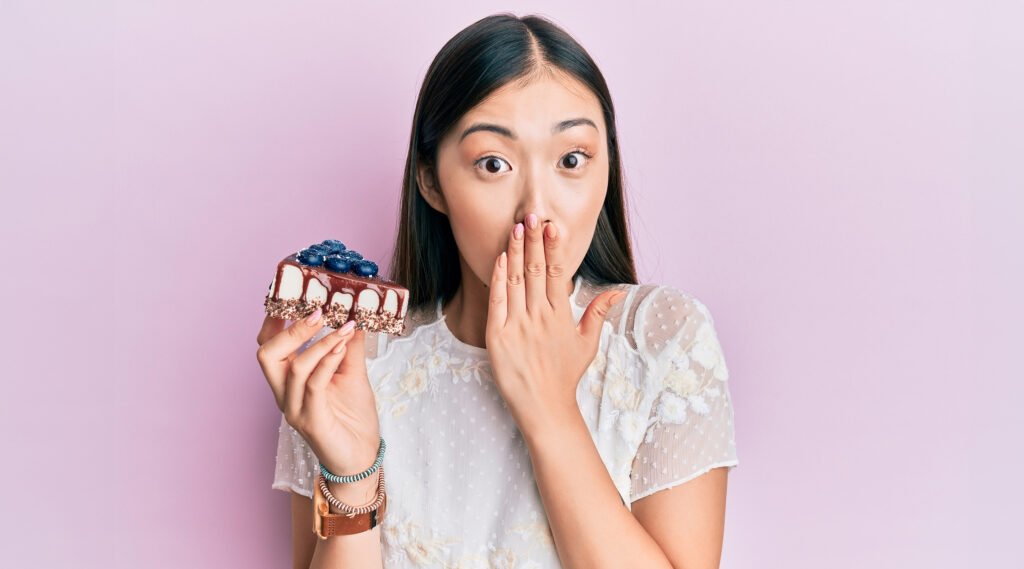
1. Foods High in Added Sugar
Candies, cakes, sweetened sodas, and desserts can cause a rapid spike in blood sugar.
An occasional treat is okay, but avoid making them a regular part of your diet. Instead, try fresh fruit or sweets made with natural sweeteners.
2. Unhealthy Fats
- Saturated fats: Found in red meat, chicken skin, butter, full-fat dairy, and thick coconut milk. These can raise cholesterol and increase your risk of heart disease.
- Trans fats: Often found in processed foods like cookies, chips, and margarine. Watch out for “partially hydrogenated oils” on food labels—that’s a sign of trans fats.
Instead, opt for healthy fats from avocados, nuts, fatty fish (like salmon or tuna), and olive oil.
3. High-Cholesterol Foods
Limit foods such as excessive egg yolks, organ meats, and high-fat animal products. Try to keep your daily cholesterol intake under 200 mg.
4. High-Sodium Foods
Excessive sodium intake can lead to elevated blood pressure. Aim for less than 2,300 mg of sodium per day—or even less if you have high blood pressure.
Be cautious with packaged and fast foods, which often contain hidden salt.
5. Refined Carbohydrates
White rice, white bread, and instant noodles are low in fiber and can lead to blood sugar spikes.
Swap them for complex carbohydrates, such as brown rice, quinoa, oats, or whole-grain bread.
6. Sugary and High-Calorie Beverages
Drinks like soda, sweet tea, creamy coffee, and packaged juices often contain a lot of sugar.
Try replacing them with:
- water;
- unsweetened tea;
- black coffee or coffee with low-fat milk and a low-calorie sweetener;
- fresh lemon water;
- infused water (with fruit slices).
If you want to enjoy alcohol occasionally, talk to your doctor first.
Generally, limit consumption to one drink per day for women and two for men, and avoid drinking on an empty stomach.
By being mindful of your food and drink choices, you can take a significant step toward managing your blood sugar levels and reducing the risk of complications.
It’s not about restriction—it’s about wise choices and balance.
References
Medical News Today. Accessed in 2025. What to eat and avoid while on a ‘diabetes diet’.
WebMD. Accessed in 2025. Diabetic Food List: Best Worst Foods.



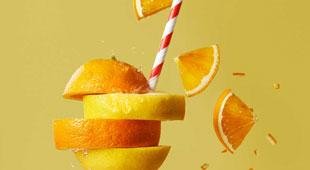


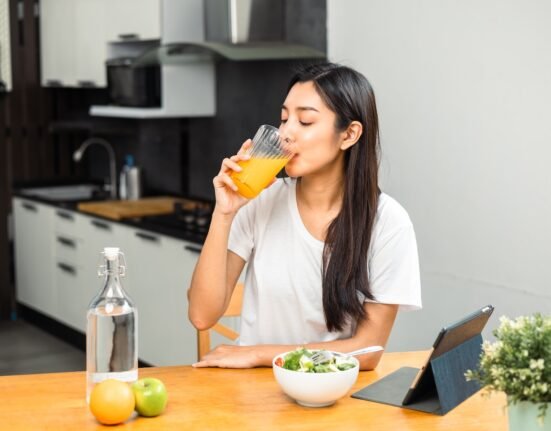
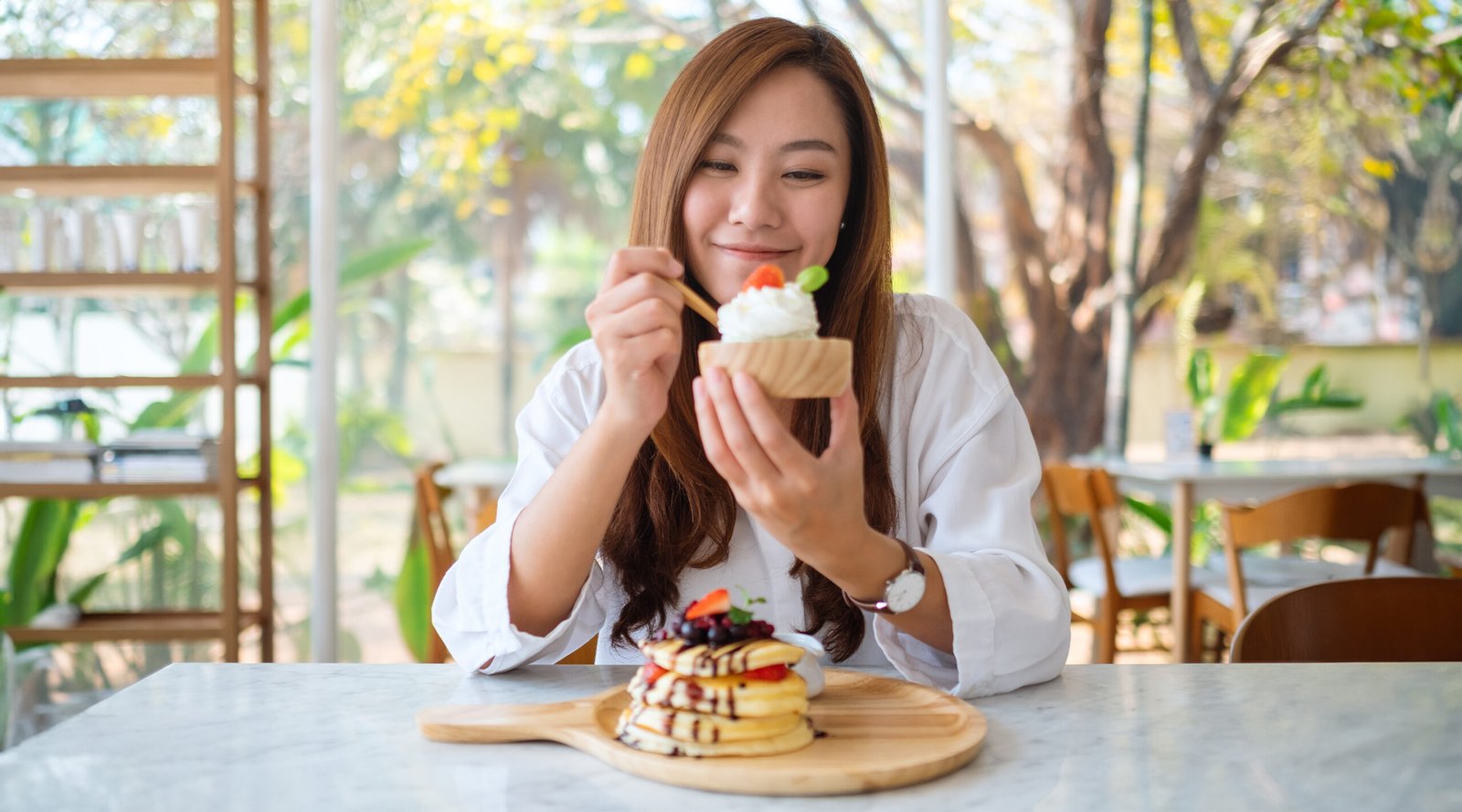
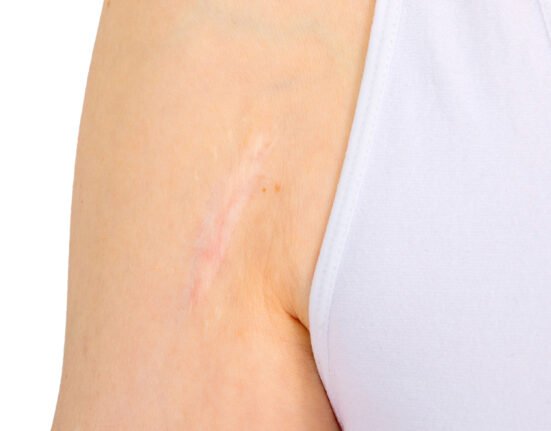
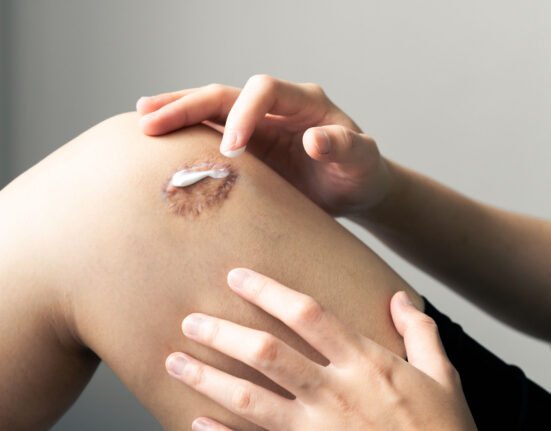
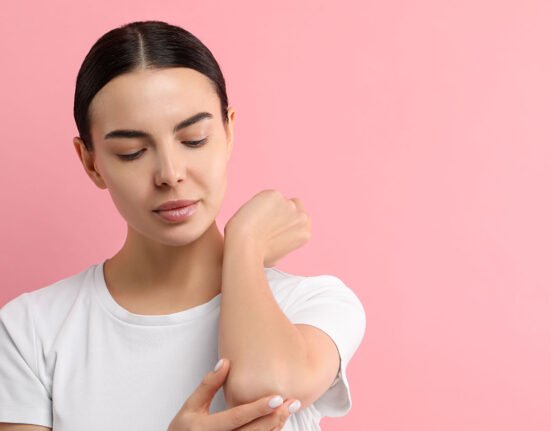



Leave feedback about this